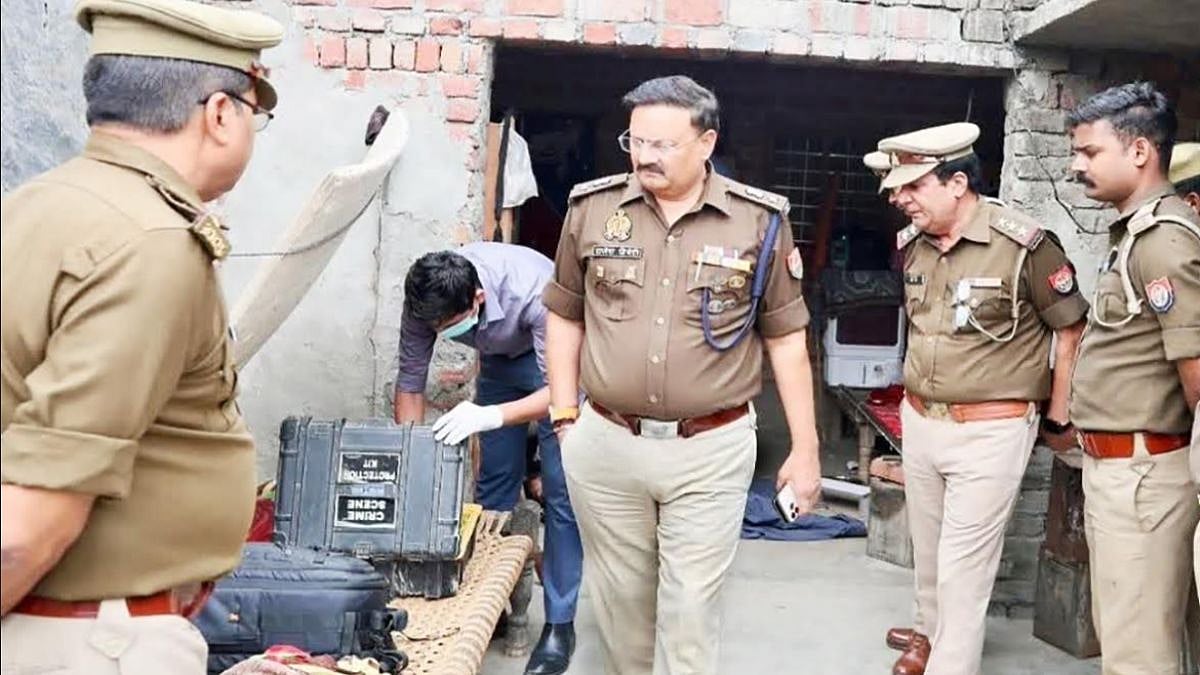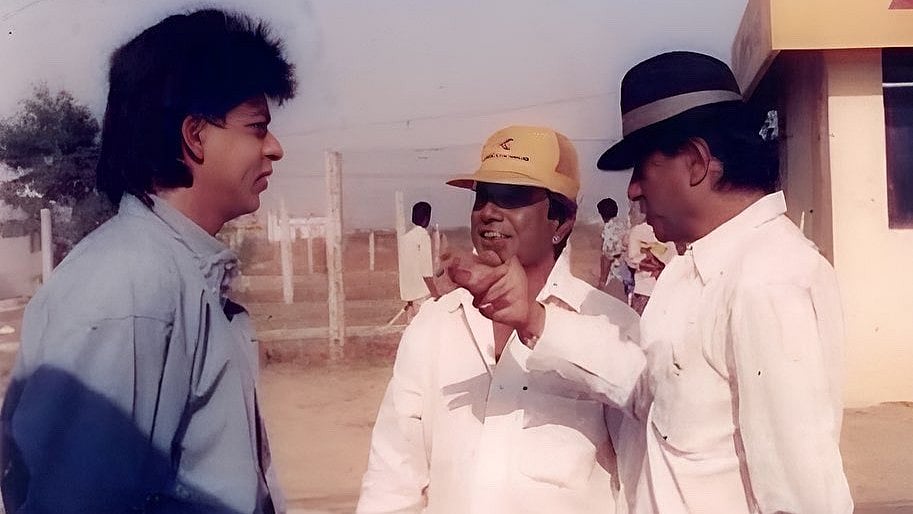Watching the second wave numbers go down must come as a cheer, but even so, with cases rising in other parts of the world, we need to be watchful of a third wave perhaps. There is no doubt that the virus has become deadlier and has cost many lives despite the vaccine shield that is now available for our protection. The vaccine is not 100% preventive, and the duty of protecting ourselves falls squarely on us. This week, I want to focus on a very basic ailment – Cough.
Just a year back, we would not bother if we had one, but today – it can make people jump in fear. It could be the first sign of a viral infection setting in. Cough coupled with Asthma can prove to be a more serious issue, especially if you are aged. Here are some treatment protocols that are based on the research done by the Institute of Acupressure and Holistic Healing. Allahabad since over two decades.
Treatment: Those who read my articles regularly, must know how to identify the acupressure points I have listed below. For first time readers, take a Jimmy / Probe or a pencil with its lead point broken and smoothened. Without applying much pressure move the blunt point in the area shown on the skin of fingers and toes. The affected point as shown will be very painful. Stimulate it, by turning it clockwise and anticlockwise for a minute or two. One will generally feel some relief instantly. Paste tiny Byol magnets for about eight hours preferably before sleeping. If the point has an arrow up (↑), please use a magnet with yellow side touching skin and if arrow down (↓), make sure the white side of the magnet the touches skin. The points are to be stimulated three to four times in daytime and magnets attached at night. Repeat the treatment till the problem is over.
Cough: The respiratory system is a group of organs that work together to take in oxygen and expel carbon dioxide as you breathe. When you breathe in, oxygen-rich air goes down your windpipe and into small tubes located in your lungs. These tubes are called bronchial tubes or airways. They branch off into numerous tinier and thinner tubes known as bronchioles. At the end of the bronchioles are small, round air sacs called alveoli, which are surrounded by tiny blood vessels called capillaries. When air enters the alveoli, oxygen moves through the capillaries and into the bloodstream. At the same time, carbon dioxide moves from the capillaries into the alveoli so you can breathe it out.
Your respiratory system ages as you do, and these functions gradually decline over time. Like the other muscles in your body, the muscles that support your breathing become weaker. The weakening of these muscles can prevent you from inhaling and exhaling enough air. As a result, you may start breathing more shallowly to compensate, especially if you are ill or in pain. Your lungs also become stiffer as you get older, causing them to expand and contract less easily.
This can make it even more difficult to breathe. Additionally, certain changes occur in the nervous system that make coughing less effective. When you can’t clear the mucus from your lungs through coughing, large number of particles can accumulate in the airways.
All these age-related changes can result in an increased susceptibility to respiratory infections, such as pneumonia and the flu. You might also notice a weakened endurance for exercise or a decreased ability to do intense exercise, such as running and biking. However, even as you age, you should be able to carry out normal activities without much trouble.
In healthy people, these age-related changes rarely lead to symptoms. Importantly, age-related changes in the lungs compound the effects of heart and lung diseases, especially those caused by the destructive effects of smoking. Treating points for dry cough are: Lu 10 ↓ and Wet cough Lu 5 ↓
Cold, cough, chill, sinusitis, bronchitis could also be treated through Surya Mudra.
Surya Mudra: (a) Fold Ring finger and join it to the base of the thumb, (b) Make Indra and Akash Mudra i.e. join tips of the Thumb, Little and Middle fingers.) Videos available on Google drive. https://youtu.be/eZS0GFskiLk, https://youtu.be/hI9K2R2iD3s
Asthma is a condition where one has difficulty in inhalation and even more in exhalation. Shortness of breath could be a sign of asthma, but commonly you would also have additional symptoms such as periods of coughing or wheezing. Other symptoms include: Chest pain and tightness, fast breathing, feeling tired when exercising and trouble sleeping at night.
If you are experiencing any of these symptoms, consult with your doctor to determine whether they are indicators of asthma. These symptoms could also be the result of health conditions besides asthma. Your doctor can conduct assessments to provide you with a proper diagnosis. In the meanwhile, and along with doctor’s treatment and with his permission treat meridian point K 7 ↑ and Lu 9 ↑.
Sitting up straight will help to open the airways, making it easier for air to move through the lungs. Remaining calm is essential. The body’s natural stress response, sometimes called “fight or flight” mode, can make symptoms worse.
Breathing exercises can help. The purpose of these exercises is to reduce the number of breaths, keeping the airways open longer and making it easier to breathe.
Pursed lip breathing
Breathe in through the nose.
Breathe out through pursed lips. The exhale should be at least twice the time of the inhale.
Belly breathing
Breathe in through the nose with hands placed on the belly.
With relaxed neck and shoulders, breathe out. The exhale should last two or three times longer than the inhale.
Asthma which aggravates on walking and going upstairs may be due to heart problem and is called Cardiac Asthma H 5 ↑. But if asthma is acute and is not coming under control treat Lu 6 ↓.

You can also do Asthma Mudra and it is very simple. Video shows how to practice this mudra https://youtu.be/anASOfmruJM, Do it for 5 – 10 minutes five times a day.
Benefits: Daily practice of this mudra cures asthma: (a) It increases blood circulation to affected parts of the body. (b) It removes throat problems. By increasing blood circulation and flow of oxygen to Lungs and removing throat problems, it strengthens lungs and cures asthma. Trust you have enjoyed reading this article. You will find many more solutions on our website…
(The Free Press Journal along with the Lions Club of Mumbai ACTION would like to guide people on how to treat self through non-invasive, therapies like Sujok, Ayurvedic Acupressure and Mudra Yoga. This is complementary and will not override the treatment given by doctor. Please share your problems by writing to us at features@fpj.co.in; lionsclubofaction@gmail.com. You can also share the problem on WhatsApp at 9323178565.)










